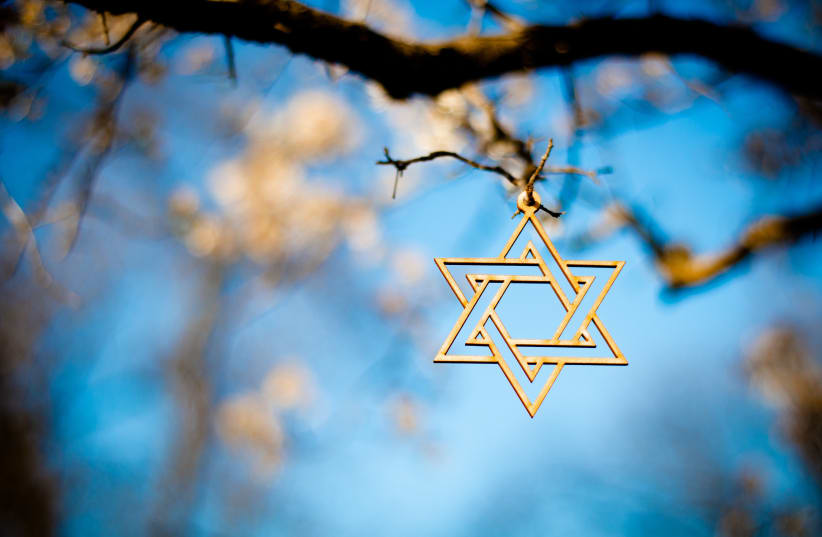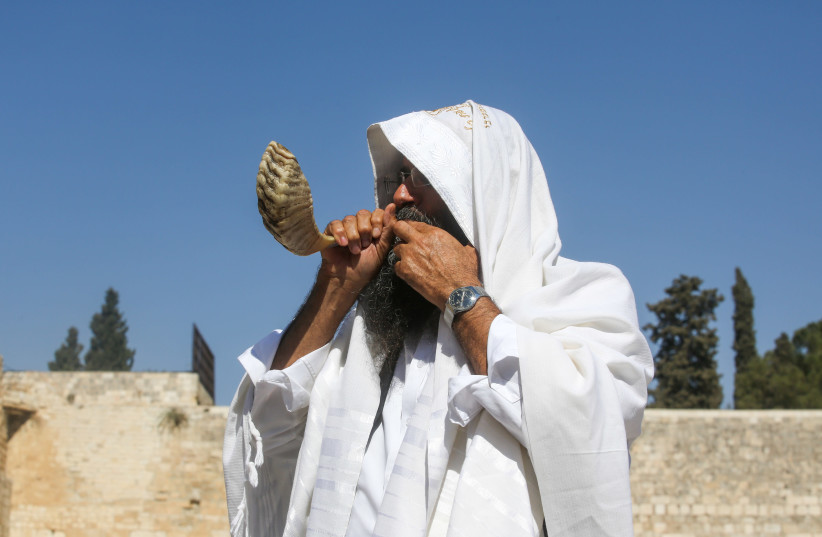As we approach Rosh Hashanah and begin a new year, we again begin the cycle of holidays and rituals that are the rhythm of Jewish life.
I think the brilliance of the Hebrew calendar was its ability to transform itself from an agricultural calendar tied to the seasons to one of both sacred space and sacred time.
One of the first things Judaism did was to transform existing agricultural holidays and celebrations dependent on the Land of Israel into celebrations of the life of Israel.
The Spring Holiday was no longer marking the new life that was awakening in nature, but it was now Passover, marking the exodus from Egypt. The harvest festivals now marked the huts the Children of Israel dwelled in during their stay in the desert and the giving of the Torah.
It was this brilliant change that allowed Jews to connect to the holidays throughout their exiles and geographic wanderings. How else could a Jew freezing in Poland connect to the harvest holiday in ancient Judea? But since the holiday was connected to the historic event in the life of the people, Jews from Babylon, Alexandria, Fez and Chicago were able to truly celebrate and rejoice in a meaningful way.
ONE OF the interesting things about the Hebrew calendar is that while all of these holidays were transformed into celebrations marking the peculiar life of this peculiar people, Rosh Hashanah and Yom Kippur do not connect to any historic events in the life of the people. (Later Rabbinic Sages found some connections between these days and certain events, but the holiday itself is not connected to those events.)
These two holidays stand alone in their universalism and act as an anchor for the Jewish people, not to get too wrapped up in its own story alone. Rather, they tie it to the larger family of man.
Rosh Hashanah is often called the Jewish New Year, but we Jews see it as the New Year for everyone. It is on this day that the entire world was created. It is on this day that we come together to proclaim God as king of the universe, not just the tribal God of our people.
Yom Kippur is the Day of Atonement for everyone, not just the Jews. It is on this day that the fate of the world is decided.
It is interesting that it is these two holidays – days that mark not the history of Israel but the universal idea of God and God’s kingdom – that are called the High Holy Days. I think we would all do well to pause and reflect on that.
WHAT SPEAKS to me the most about the Hebrew calendar is its ability to create a theme for each holiday. This thematic approach to the particular holiday is a great pedagogic tool.
The lessons of each holiday apply 24 hours a day, 354 days a year. But as humans we cannot relate to the sum total of all the lessons of all the holidays each and every single day. The lessons of Purim in which we learn that God works in the background, pulling the strings like a hidden puppet master, apply every day. The lesson of Hanukkah and its warning against assimilation apply every day. But we cannot function like that. So instead we pick one holiday to concentrate on that theme and then move on to the next.
The theme of Rosh Hashanah and Yom Kippur is that of teshuva, repentance. Ideally we should be doing teshuva every single day of our lives. But since we are human, we cannot be expected to act that way, so these two days are for that lesson and theme.
Every day is really Mother’s Day. Still, in fear of letting that fact turn into the mundane, we instead pick one day a year to celebrate our mothers and motherhood in general. So, too, repentance and reconciliation between us and God and between our fellow human beings should be done every day. The so-called High Holy Days give us the sacred space and time to do that and create a framework to help facilitate that. ■
The writer holds a doctorate in Jewish philosophy and teaches in post-high-school yeshivot and midrashot in Jerusalem.

